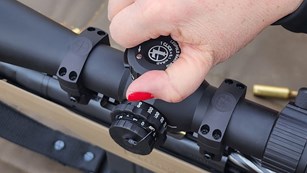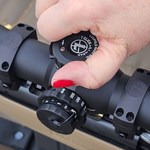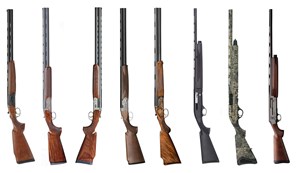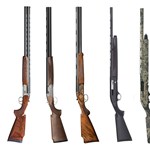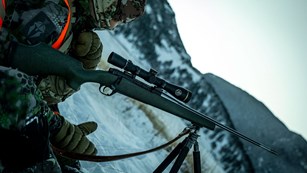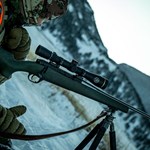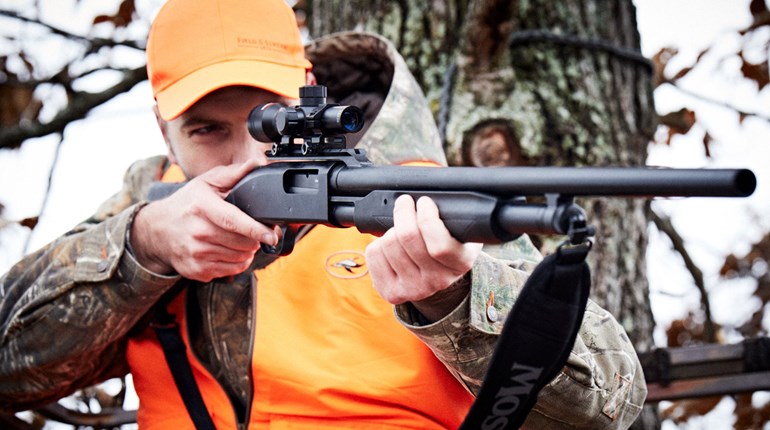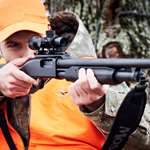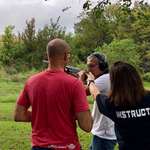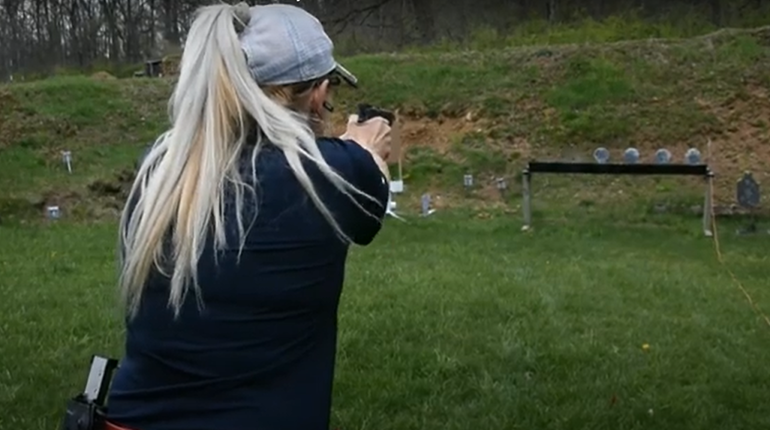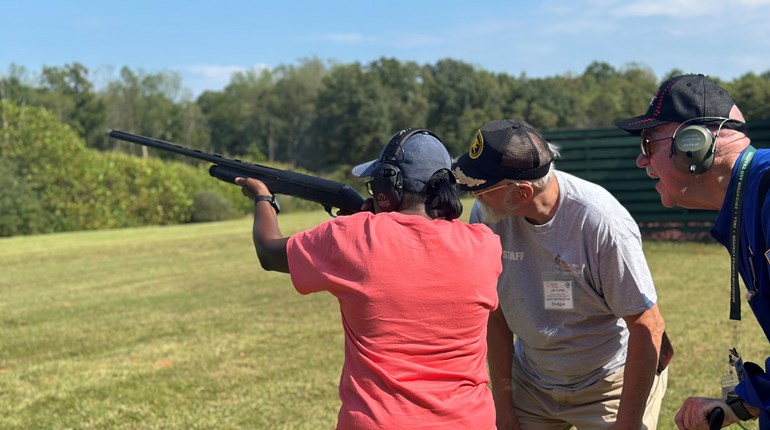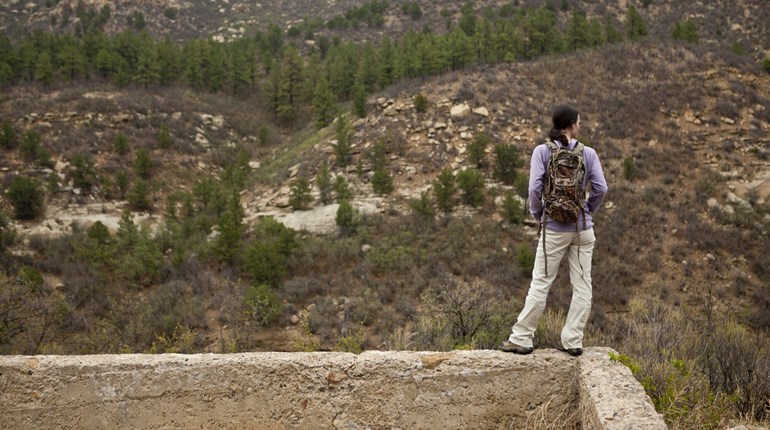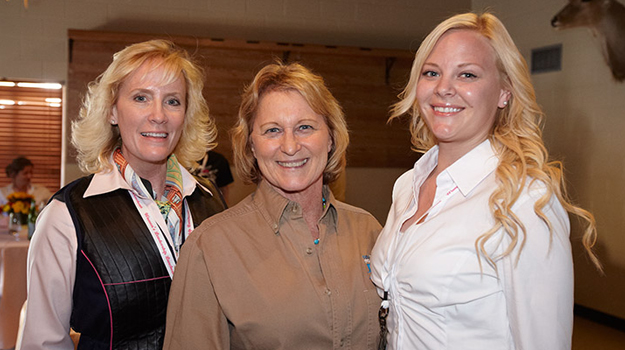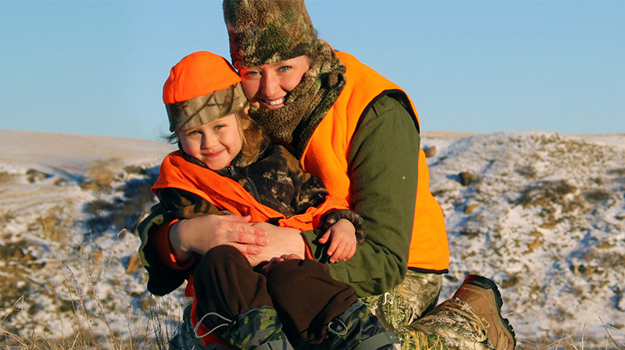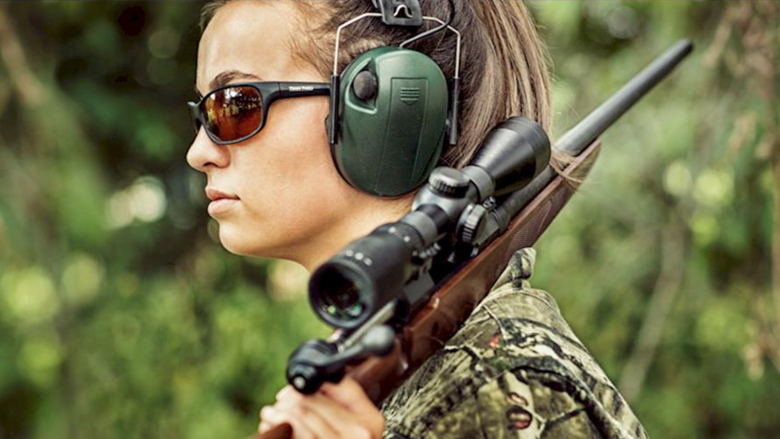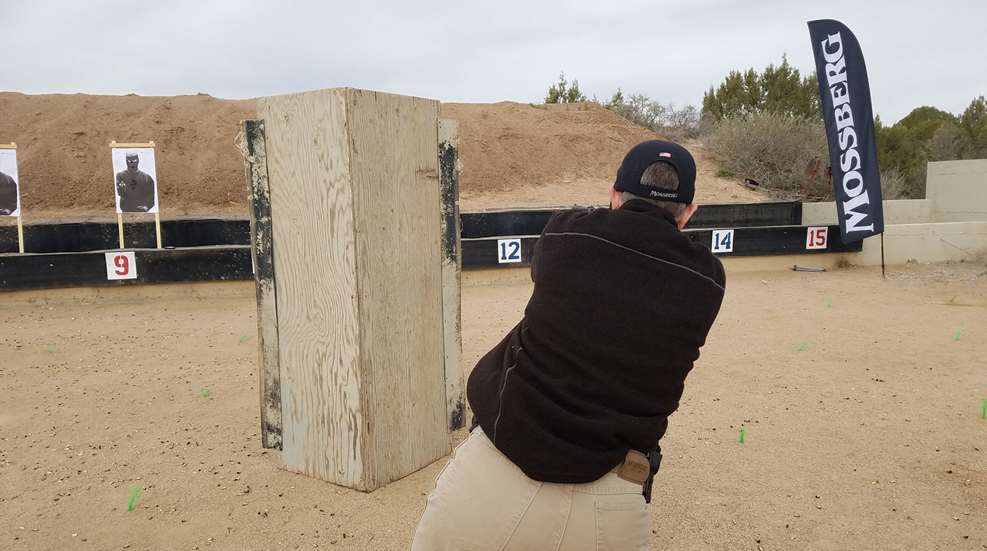
It’s important to understand that when it comes to learning any skill, practicing and training are two different things. That includes shooting. If you want to just generally get a little better, practice—standing at a range and shooting round after round—will work, at least a little bit, assuming you’re doing it correctly. But if you want to get good at something specific, like self-defense, you have train more specifically. And that training might not look like what you’re envisioning.
Don’t get me wrong: You definitely do have to get good at the standing-still-and-shooting part before you can get good at everything else. That kind of range practice certainly has its place, and it’s where you’ll nail down the fundamentals that the rest of your training will be built upon. But once you’re a decent shot, if you want to really train to defend yourself with your firearm, there are some specific skills you will need to work on.
Now, let me tell you what’s not in this category: As much as I love shoot-houses and simulations with room-clearing and hostage-saving exercises, you’re really not very likely to ever need those skills. Training under pressure definitely has its advantages, and shooting schools offer shoot-houses because they’re super fun and everyone wants to do fun stuff when they’ve spent a lot of money on a training course. And if you have time and money to burn, you should definitely do some of that stuff. But if you have precious time to spend and a tight budget, you’ll be better off focusing on skills you’re actually going to need. Such as…
1. Drawing and Shooting One-Handed
There’s a reason we got away from one-handed shooting—two-handed shooting is far more stable and allows for more accuracy. But in real-life self-defense situations, there’s a really good chance you won’t have the luxury of using the two-handed grip you’ve practiced for hours at the range. When condition red kicks off, you might have a baby on your hip. You might need your off-hand to shove someone off of you. Your arm might be injured or the bad guy might have a hold of it. You might have to shove a door open as you try to run and draw your gun at the same time. You might even have shopping bags in your left hand and completely space out and forget to drop them (it happens more than you’d think).
Spend some dry-fire time practicing drawing your unloaded gun one-handed, which might be pretty complicated from concealment. Then hit the range for some one-handed practice—and don’t forget to train with your non-dominant hand, too. You might not get to pick which hand is available in a fight.
This kind of training isn’t very fun, because you won’t be good at it, especially at first. We don’t usually enjoy things we struggle with, but this is one skill you’re very likely to need in a real-life emergency, so don’t neglect it.

2. Moving and Using Cover
Range shooting trains us to shoot with our feet firmly planted, but this is almost always a terrible idea in a self-defense shooting. If you can, you should be shooting or drawing your gun while moving to cover or at least to concealment. This is a difficult skill that requires work to train, and unfortunately, many ranges won’t allow you to do it for obvious safety reasons. If you have access to a range that does, take advantage of it. If not, try signing up for a 3-gun match or a similar competition. Shooting around obstacles and using cover are part of these games, and I guarantee you’ll learn a lot.
Moving and using cover are skills you’re likely to need in a self-defense situation, and on top of that, training yourself to move when you draw your gun will help you overcome the “freeze” part of the fight, flight, freeze response, especially if freezing is your natural tendency.
3. Clearing Malfunctions
Weird, unpredictable stuff goes wrong in a gunfight. You might not be able to hold the gun the way you normally would, which can induce a jam. You might be in super close quarters where the slide on your semi-auto gets hung on something or can’t operate as it should. Your red-dot battery could die at the worst possible moment. Stuff happens.
You’ve got to get good at clearing or overcoming these types of obstacles in the heat of the moment. It’s a little hard to work on clearing failure-to-eject jams unless you intentionally induce one first, but other than that, you can sort of mimic the problem by racking your empty pistol, loading a magazine, and pulling the trigger on the empty chamber. This will give you a click instead of a bang, and you should train yourself to immediately go to tap-rack-assess when you hear a click.
Tap-rack-assess is simple, and it handles a lot of pistol malfunctions: Smack the bottom of the magazine hard to make sure it’s properly seated, then run the slide (again, hard). I always tilt the gun as I do this so gravity can help that stuck brass fall out. Then take stock of the situation and shoot again if necessary. If tap-rack-assess doesn’t solve your problem, you might have to sweep the stuck brass out with your support hand (be careful not to muzzle yourself or let your palm get pinched in the slide).
If your self-defense gun is equipped with a red-dot sight, you should also train with the iron sights so you can use them if the red-dot dies or is broken in a fight.
Incidentally, clearing a malfunction takes at least a second or two, and that’s time that you’re vulnerable and defenseless. This is a great time to be moving to cover if you’re not already doing so. Training to clear a malfunction while moving is next-level, but very doable with some practice.
4. Shooting With a Light
A lot of self-defense gun uses happen at night, and to state the obvious, you can’t shoot what you can’t see. If your gun is equipped with a weapon-mounted light, you definitely have to train with it so that clicking it on becomes an automatic part of your draw-and-present movement. If a handheld light is your plan, you might be surprised at how awkward it is to hold a flashlight and a firearm at the same time. Watch some videos or, if possible, take a training course on how to do this, and devote some serious dry-fire practice to managing both tools at the same time. Do not rely on the weird, unrealistic techniques you’ve probably seen in action movies.
On top of that, it’s a good idea to dry-fire your gun in low light conditions so you know what to expect. Live-fire shooting in low-light is even better, if you have a way to safely practice this. The point is that if you’re attacked on a dimly lit street, you don’t want to draw your gun and be surprised by how your sights function (or don’t) in semi-darkness or discover that your red-dot’s brightness settings practically burn your retinas in low light. These are things you want to find out in training so you can prepare for them and get used to working around them.
While none of these skills are as exciting as clearing houses or saving hostages in shoot-houses, they’re all skills you’re much more likely to need in real life. When time and money are at a premium, spend your efforts on the techniques that might actually save your life in a self-defense situation.
